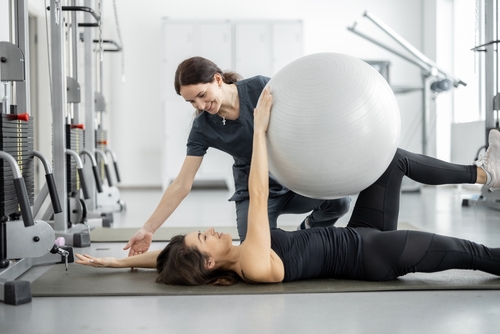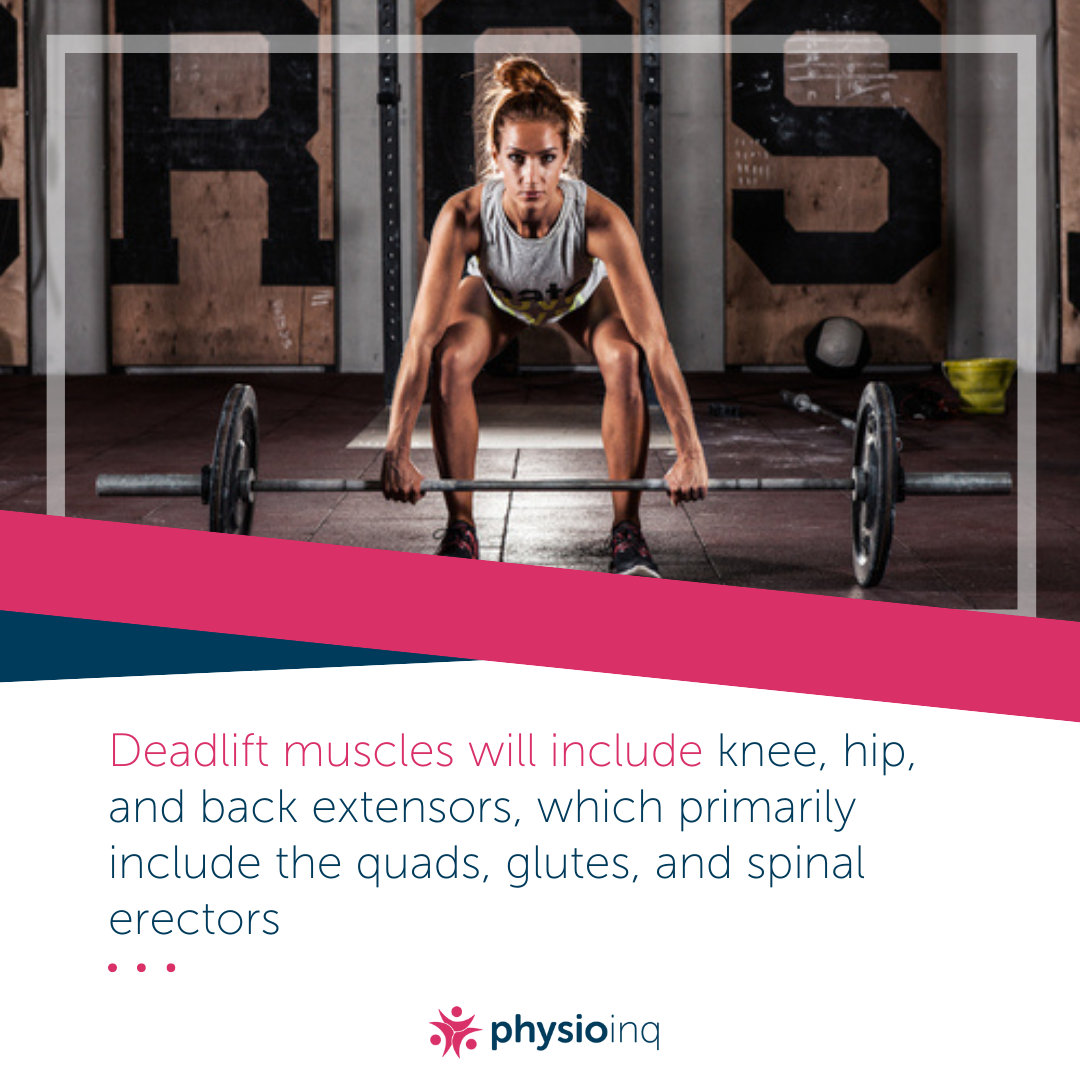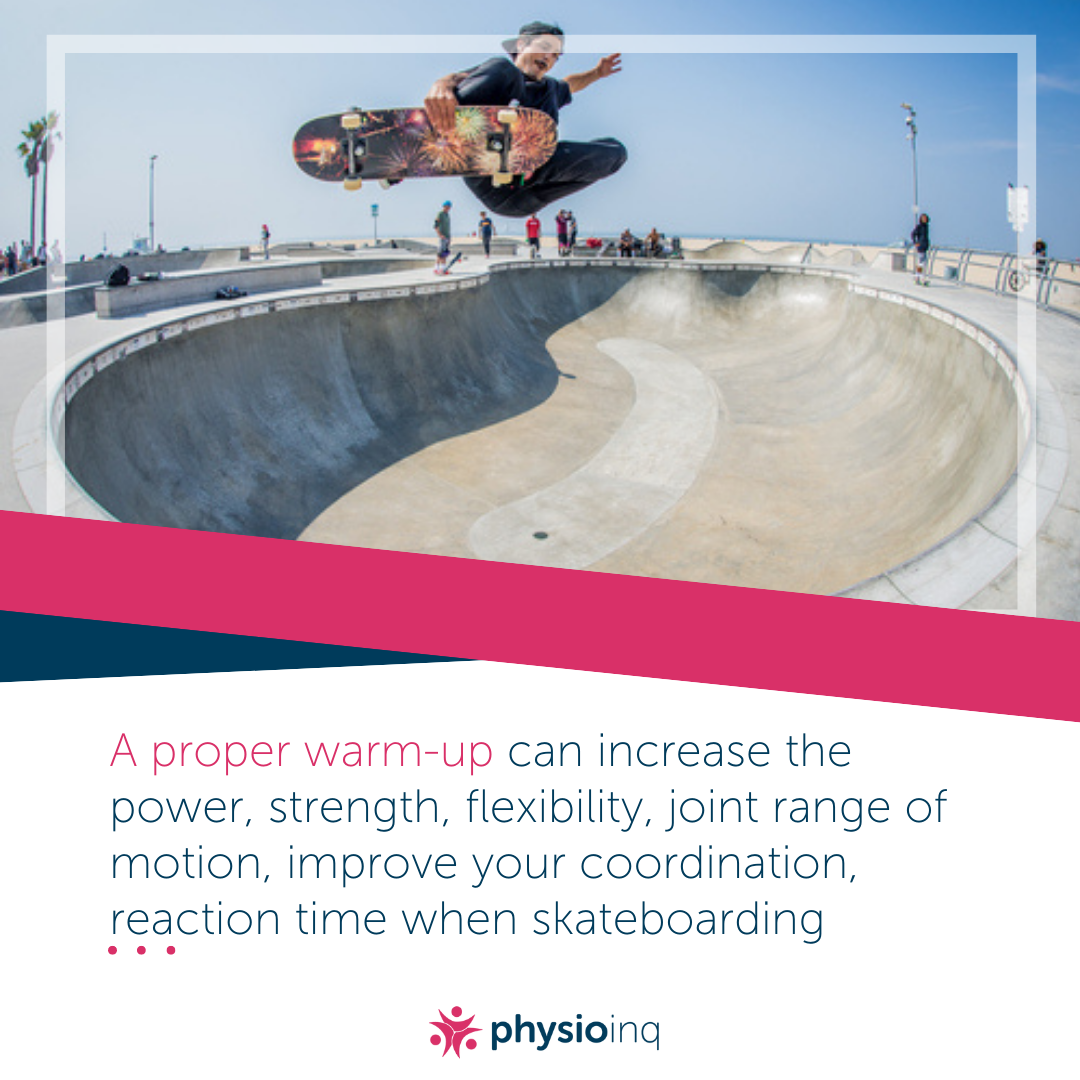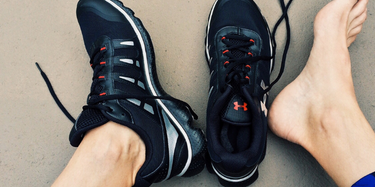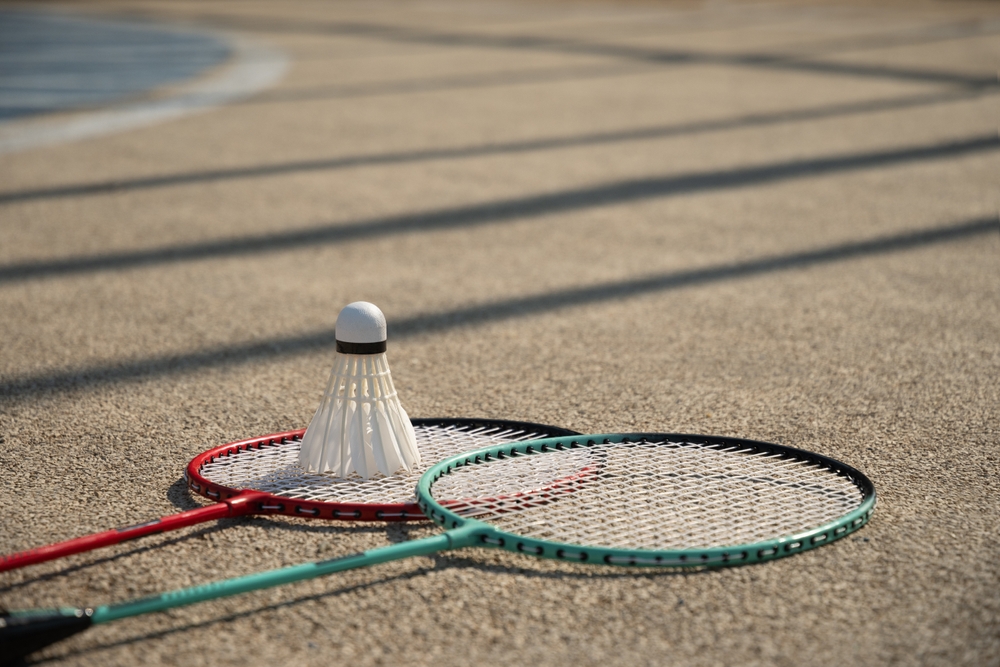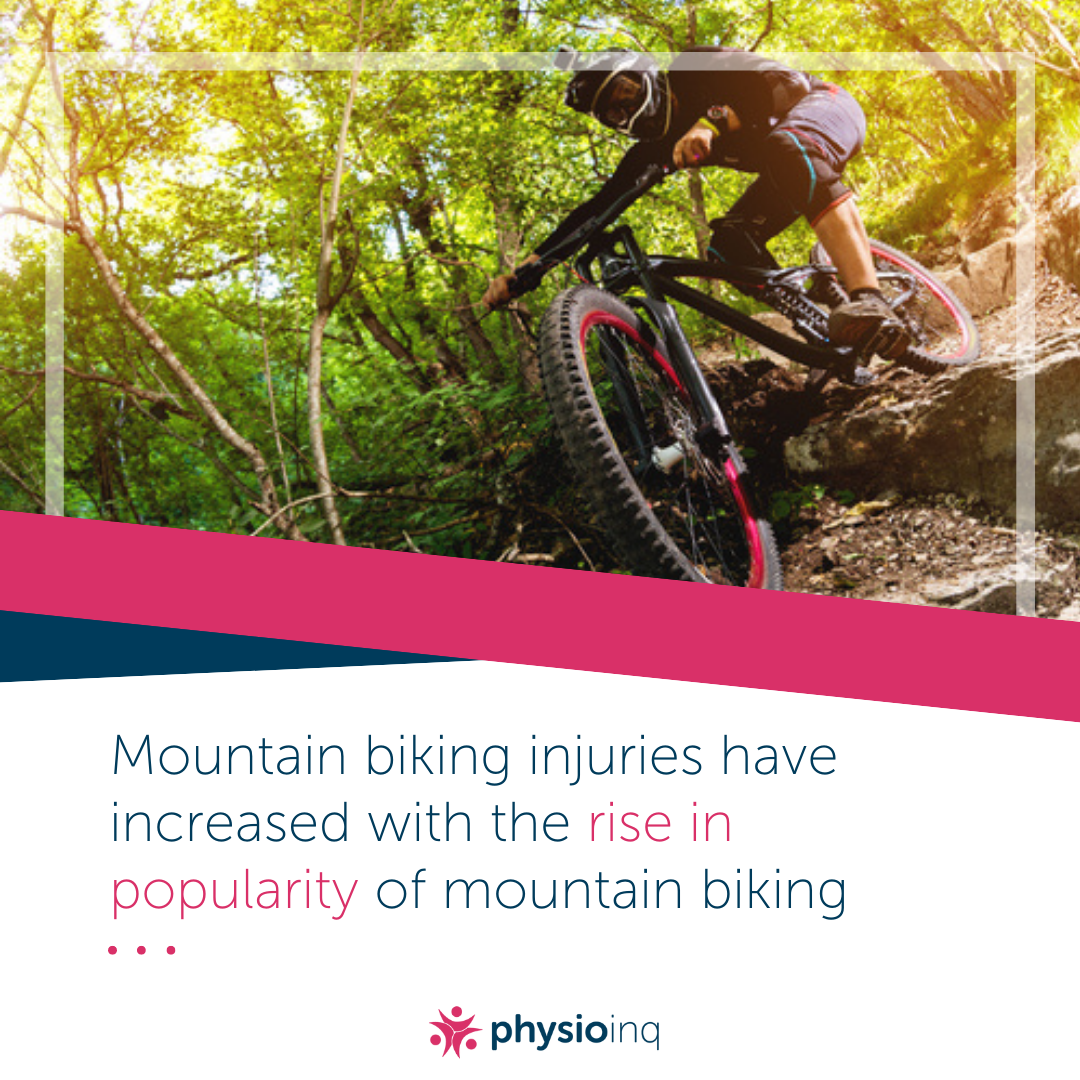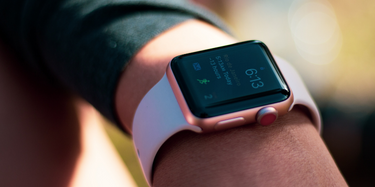Make an Appointment
Today, we are going to look into the 5 most common basketball injuries as per the report of National Athletic Trainers’ Association. For starters, basketball injuries usually comprise of strains, sprains, and traumas.
And we won’t just look at the common basketball injuries but also how you can protect yourself from them.
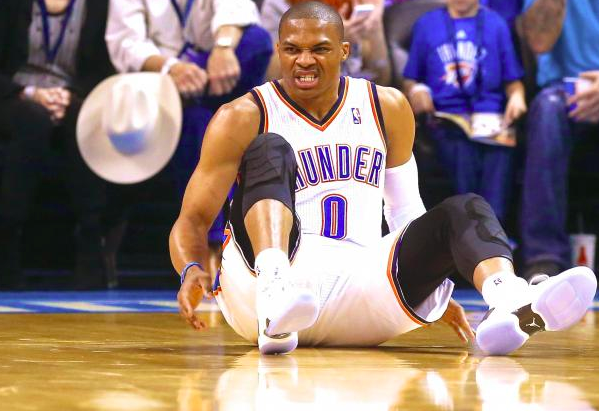
1. Ankle/foot injuries
Foot injuries have come out to be the most recurring injury amongst basketball athletes according to the report. Usually, basketball players get their feet injured by hitting into other players, rolling ankles or by accidentally getting stepped on by other players. With players having a ball in their hands and close to their feet, ankle and foot injuries become a normality then.
Prevention measures: To protect yourself from ankle and foot injuries, it’s important that you provide your feet with the necessary support they need. This means having the right footwear that’s particularly designed for basketball players and suits your feet’s contours well. You can use indoor basketball shoes that don’t slip very easily on indoor playing surfaces.
2. Thigh/Hip Injuries
Jumping, running, pivoting and even rebounding; they all can put an extra strain on the hips and legs. For players who don’t have a strong pivoting technique or those who fail to land on their both feet after rebounding end up hurting their hips and thighs. However, these injuries aren’t very intense are easily recoverable through depending on their severity.
Prevention measures: Injuries that result from contact are quite unavoidable but in order, so the only way to reduce the collateral damage is by giving yourself a good training that including stretching and improving the flexibility of your muscles so it can better deal with an anomaly.
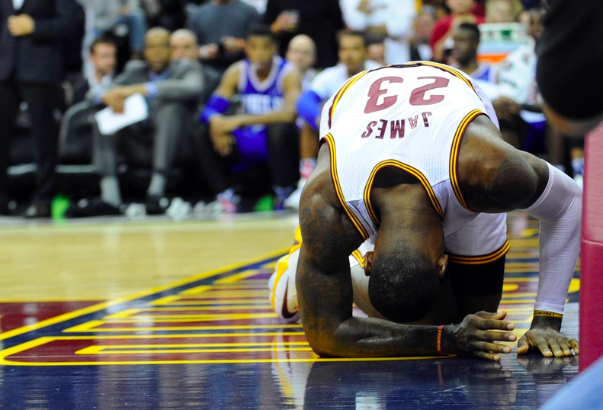
3. Knee injuries
Knee injuries aren’t as common in basketball as they are in other high-contact sports but they are still the third-highest occurring in basketball.
Prevention measures: It all gets down to improving the strength of your muscles that eventually build a better support for the knees. Stretching prior to a game always helps but if you have bad knees, you will be more prone to injuries.
4. Hand/wrist injuries
Around 11 percent of the total basketball injuries include hands, forearms or wrists.
Prevention measures: Keeping yourself safe from hands or wrists injuries is more about awareness than anything else. If you are watchful of the ball when someone passes it to you, half the job is done. Keep your eyes on the ball all the time to avoid jamming your fingers.
5. Face/head injuries
Getting hit in the face with the ball, taking an elbow to the face or bumping heads with other players; they all could leave injuries, plus lots of embarrassment.
Prevention measures: If you ever get into a head/face injury, it’s important to look for the concussion symptoms. If there are any, it’s important to seek professional help immediately.
Don’t let your body hold you back playing the game you love. Let the team of professionals across Sydney get you back onto the court in the quickest and safest time possible. Find your local Physio Inq clinic today.
Date Published: Friday, September 22, 2017
Locate a Mobile Physiotherapy
Service Near me
Get the experience & convinence you deserve to support your or a loved one's allied health needs.
Our Mobile Physiotherapy team are currently serving & taking appointments in the following states and regions in Australia:
Need to get into direct contact with ur Client Services team? We're all ears. Call our team directly on 1300 731 733








